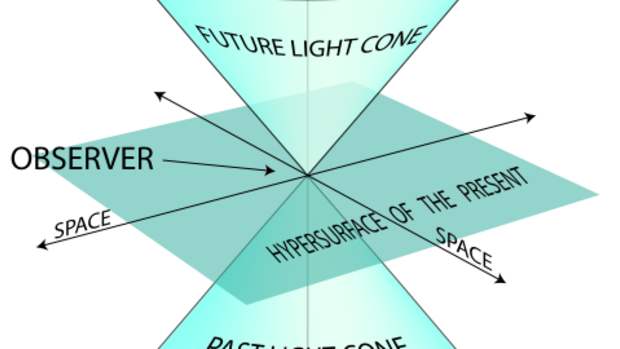

So far we did not give the definition of the Skorokhod-metric s. This is usually common for DELETE requests. as possible and in case of set-convergence the topology on the hyperspace F to be as.
#HYPERSPACE DEFINITION HOW TO#
#HYPERSPACE DEFINITION CODE#
It takes advantage of the many defaults into Request (all are which are customizable) to keep the definition brief:įrom here, you can open up Hyperspace.xcworkspace and run the examples: Shared Code It was coterminous with realspace, meaning that each point in realspace was. The example below illustrates how to create an extension on Request which can drastically reduce the boilerplate when creating a request to create a new post in something like a social network feed. Hyperdrives enabled starships to travel through hyperspace lanes across. In addition, you can still create your own custom struct that wraps and vends a Request object if your network requests are complex. You have multiple options when creating requests- including creating static functions to reduce the boilerplace when creating a Request object, or you can simply create them locally. This is the main worker object your app will deal with directly. Transforms the raw Data returned from the TransportService into the response model type defined by the Request. Of course, there will be some boilerplate involved (such as the HTTP definitions), but our main goal is to keep the library highly functional and maintainable. BackendService - Uses a TransportService to execute Requests.TransportService - Uses a TransportSession ( URLSession by default) to execute URLRequests.

This is basically a thin wrapper around URLRequest, utilizing the definitions in HTTP. Request - A struct that defines the details of a network request, including the desired result and error types.If you feel something is missing from here, please submit a pull request! HTTP - Contains standard HTTP definitions and types.We will continue to add features based on the common needs across all of the apps that we build. Tailor the library to the networking use cases that we encounter the most often.Of course, there will be some boilerplate involved (such as the HTTP definitions), but our main goal is to keep the library highly functional and maintainable without over-engineering. Keep the overall library size to a minimum.This library provides a simple abstraction around URLSession and HTTP.


 0 kommentar(er)
0 kommentar(er)
